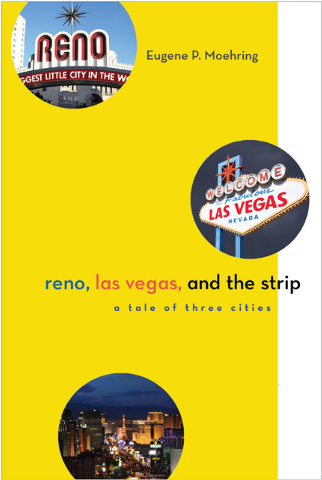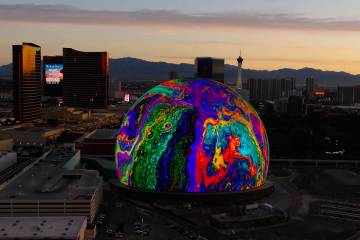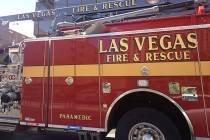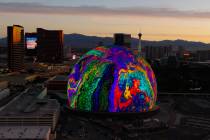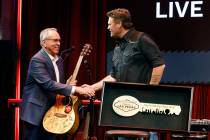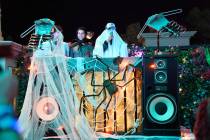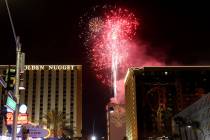Literary Las Vegas: Eugene P. Moehring
Las Vegas historian Eugene P. Moehring examines Reno and Las Vegas from the postwar decades through today with an emphasis on 1970-2014 in “Reno, Las Vegas, and the Strip: A Tale of Three Cities.”
The UNLV history professor writes that his book’s central thesis is that “Reno and Las Vegas aggressively pursued a different development path than other cities in the United States by embracing vice and ceding much of their downtown blocks to casino gambling and twenty-four-hour bars.”
Moehring also explores the idea that the Strip, governed by the Clark County Commission, though never officially incorporated into its own municipality, “served as the steadily expanding nucleus of an informal city that soon became larger than its mother city.”
With competition from Native American casinos and Internet gambling, Moehring also points out that Nevada’s maverick cities are diversifying with moves into fields such as robotics and green energy.
Excerpt:
By World War II, Fremont Street was ablaze in neon. It was the center of the city’s gaming district, because, like Reno’s Virginia Street, it was near the railroad station and served the heart of downtown upon which all nearby US highways converged. War also brought heavy defense spending and more business. The 1941 arrival of the US Army Air Corps’ Flexible Gunnery School invigorated Thomas Williams’s old 1917 community that later became the city of North Las Vegas, just as the Basic Magnesium Plant laid the seeds for the eventual city of Henderson. During the war thousands of weekend gamblers flocked to Las Vegas from the factory and base, as well as soldiers and sailors from military installations in Arizona and California. These customers, along with workers from defense plants in both states, patronized Fremont Street’s growing casino district.



